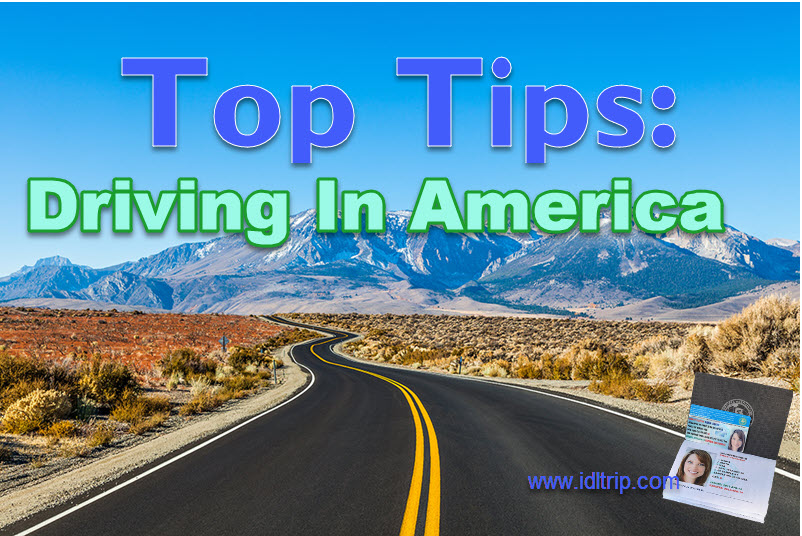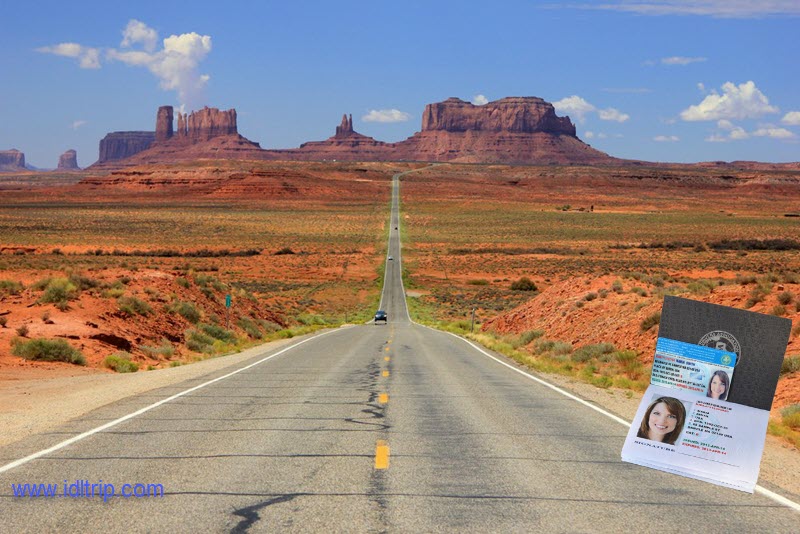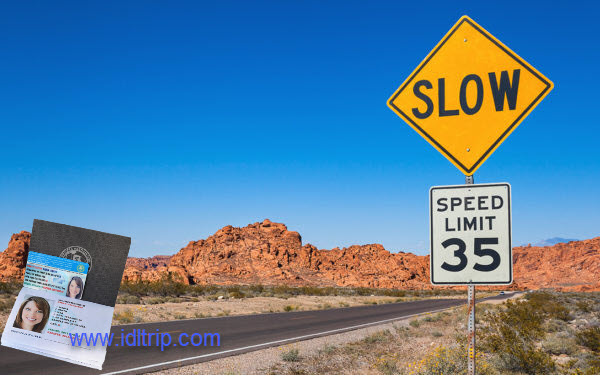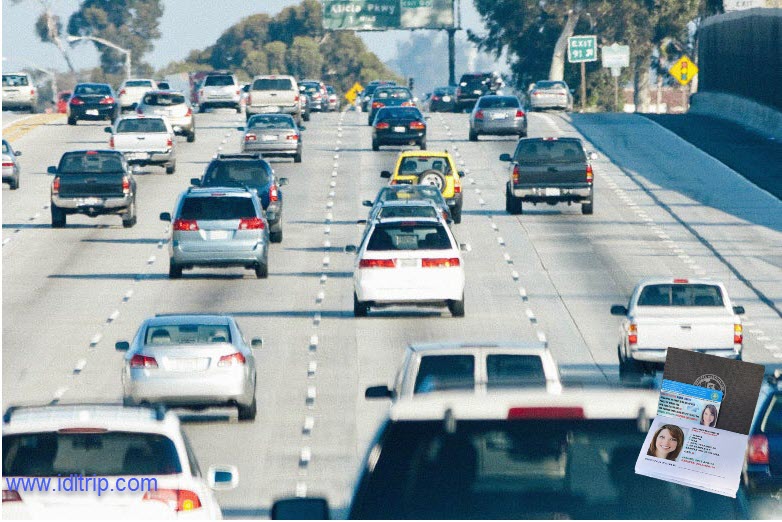Driving Tips in the USA. Essential Tips for Driving in the USA. Speeding Laws in the USA. Hiring a Car in the USA.
DRIVING TIPS IN THE USA

Taking a road trip through the USA is an easy way to see the country. But with different laws in different states, you should always be aware of signs and other posted regulations. Here are some basic rules that apply across the US to get you started on your journey.
Driving through the USA can be a great experience for many UK visitors. The wide open spaces that wind for miles between cities means that you can get the best of both worlds when it comes to experience and scenery. Most UK visitors who arrive in the USA are already aware of the fact they need to drive on the right hand side, but there are also a number of other state specific and country specific rules to learn before you set off.
Essential Tips for Driving in the USA
To drive legally in the USA you must have a full UK licence. It’s advisable to obtain an International Driving Licence before flying also as this can be more beneficial if you need it at any point in the US. If you have a regular UK photocard licence, also take that with you, along with the green paper part of the licence. If you’re on a ‘fly-drive’ holiday, you should ensure that you have your UK licence and the licence for all other users who are planning to drive your hire car.
You will also need a full and valid drivers license. Some rental car companies will require this to be in English, so if your license is not issued in English, you may need either an International Driver's Permit or a certified translation of your original license, both of which you will need to obtain prior to leaving your home country.
If your license is not in English, we’d recommend getting the International Driver’s Permit even if it is not required as it will also be helpful if you get pulled over or there are any other issues while driving.

GENERAL
- Seatbelts are required for all passengers in all vehicles.
- Children are required to be in safety seats or booster seats. Babies in baby seats are not allowed to be put in the front seat facing forward because of risks from airbags.
- Some interstates or freeways have high-occupancy-lanes (HOV) marked by signs and a white diamond shape on the road. You are allowed to drive in these between certain hours only if you have 2 or more people in your vehicle.
- In many states, it is required by law to move over if a vehicle is stopped on the right-hand shoulder with hazard lights flashing. This also pertains to service vehicles like tow trucks or police and emergency vehicles.
- If you are stopped by the police, pull over safely to the side of the road, turn the car off, roll down your window and do not exit the vehicle. Also, be sure to have your driver’s license and car insurance or protection plan on hand to show.

There are numerous different state laws when it comes to speeding in the USA. It is almost impossible to learn each individual state difference, so the best option is to always make sure you’re obeying the national law and sticking to the speed limit. Speed limit signs are well posted throughout most states and there will be state troopers and police officers checking your speed with mobile speed cameras. The general speed limits are:
- Motorways – 70 mph
- Outside Built-up Areas – 65 mph
- Built-up Areas – 30 mph
Hiring a Car in the USA
There are numerous car hire places available in the USA and most people tend to use places at the airport for ease. You will find that hiring outside of the airport can be cheaper, however you’ll need to wait on a courtesy bus and most people prefer to just drive off from the airport. If you do decide to hire a car, it’s advisable to book in advance rather than waiting until arrival. When you get to the hire company, you’ll often be asked for a credit card imprint as well as your licence and passport. You will then be offered an upgrade as well as a variety of different types of insurance.

Nearly all hire car companies have minimum age restrictions and will charge a fee if you are under a certain age – the majority of companies charge extra if you are under 25, and most will not rent to you if you are under 21.
In addition, if you are under 25 you might find that you aren’t able to hire the more high-end car models. There is usually no upper age limit, however if you are over 70 it is worth confirming that this won’t be a problem.
The road conditions in the USA are usually of a good standard. There are continual improvements being made to major roads and throughout most states, the highways are free of large potholes or other hazards. One of the most common issues people have when travelling through the USA however is that there are often lengthy traffic jams and areas of congestion around major cities. You should always try and plan your route beforehand, avoiding major cities at peak traffic hours and only heading into the city centre if you need to. There are numerous public transport options, so consider parking outside the city and getting the train or bus in. If you’re travelling interstate, you’re likely to experience a number of different time zones and weather conditions.

Some roads and bridges require fees to drive across them. They are called toll roads or toll bridges (e.g. the New Jersey Turnpike) and are often found in high-population areas or states. You can pay cash, although if you know you will be driving on toll roads it’s much faster to add a toll payment transponder to your car rental. Please check with your rental branch for availability and fees.
EMERGENCY NUMBERS
- 911 for all services – police, ambulance, and fire
- If you have a vehicle breakdown or some other non-life threatening emergency, it’s best to call the local police or state patrol.
